
Utforsk de beste vintage flipperspillene som førsteklasses spillsamleobjekter
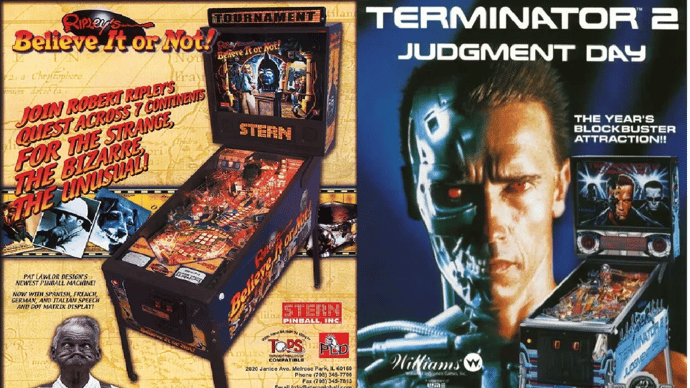
Hi, folks! We are happy to welcome you to the analog world of steel and plastic, as vibrant as comic book pages. Here, competitive play is accompanied by the smells of burnt sugar and rubber, the voice chat is replaced by the lively rumble of a crowd in unison, and the air is filled with the jingling sounds of those classic arcade machines as known as vintage pinball machines.
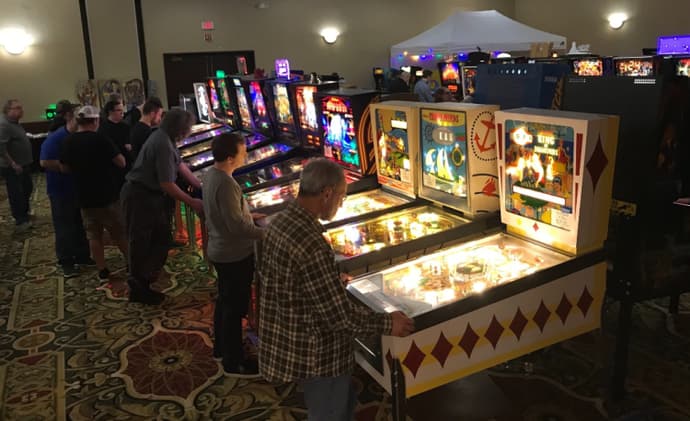
Yeah, I’m talking about pinball – the game of the 1930s, which still boasts a strong and dedicated community today. These folks remind me of retro gaming enthusiasts gathering for a poker night.
Alright, let’s step through the vintage doors of a shopping mall filled with vinyl records, ice cream, and film reel cinemas!
The History Lies Behind Vintage Pinball Machines
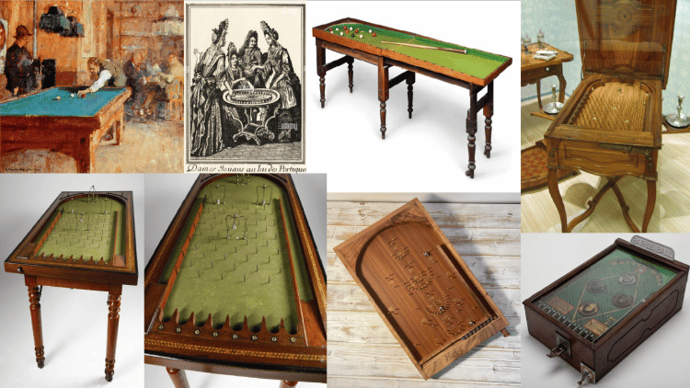
Let's briefly familiarize ourselves with the key mechanisms and events to better understand the principle of action of the pinball game.
The origins of pinball can be traced to 17th-century France, where tabletop games like bagatelle evolved from outdoor activities such as croquet and billiards. Bagatelle's design, featuring an inclined playfield and obstacles, laid the groundwork for the classic pinball machines we know today. A significant breakthrough came in the late 18th century with the invention of the spring plunger in Billard Japonais, replacing the need for a cue and introducing mechanics that remain central to retro pinball machines.
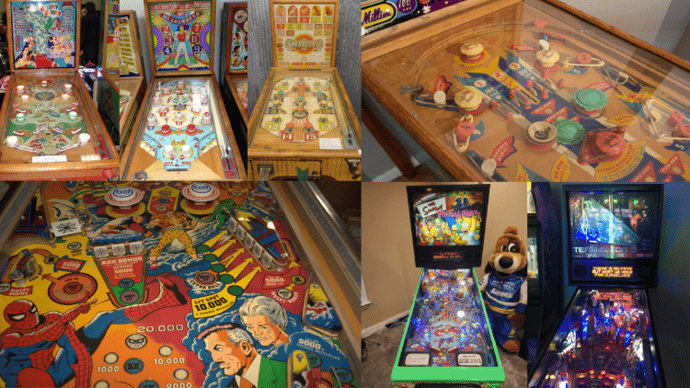
The 20th century saw the rise of electrified features and the introduction of flippers, transforming pinball into a skill-based game. The 1930s and 1940s further transformed the game with coin-operated designs and electrified features like bumpers and lights, making pinball a staple in bars and arcades. The 1970s solidified this evolution with the advent of solid-state electronics, as old pinball machines transitioned from mechanical to digital scoring and sound. Iconic models like The Addams Family and Star Trek: The Next Generation bridged the gap between nostalgia and innovation, while modern manufacturers like Stern Pinball and Jersey Jack Pinball have revitalized the game for a new generation.
Pinball’s role in LAN tournaments foundations

With their rich history, competitive pinball tournaments laid the groundwork for the LAN tournaments that later revolutionized gaming. The first notable national pinball championship, the "Big Whiffle Tournament," was held in May 1935 in Milwaukee, Wisconsin. This groundbreaking event attracted hundreds of players from across the United States, featuring 200 Whiffle pinball tables and offering prizes such as a "fine bedroom suite" and $1,000. Notably, it included players with disabilities, as adapted tables allowed blind teams to compete. Beyond its competitive spirit, the tournament was also a charity fundraiser, showcasing how early gaming events combined community engagement with innovation.
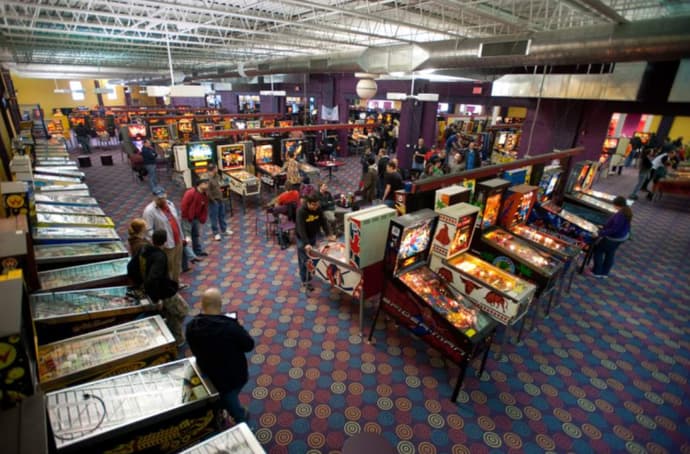
Over the years, pinball tournaments evolved into diverse formats that balanced intense competition with a vibrant social atmosphere. From casual matches to elaborate multi-day events, these tournaments became hubs for enthusiasts to gather, share strategies, and celebrate the thrill of the game. While cash prizes added excitement, the camaraderie and shared passion for pinball machines created a unique sense of community. Events like PAPA (Professional and Amateur Pinball Association) became iconic, setting high standards for organization and competition. These tournaments introduced divisions catering to players of all skill levels and incorporated dynamic scoring systems that rewarded strategy as much as skill.
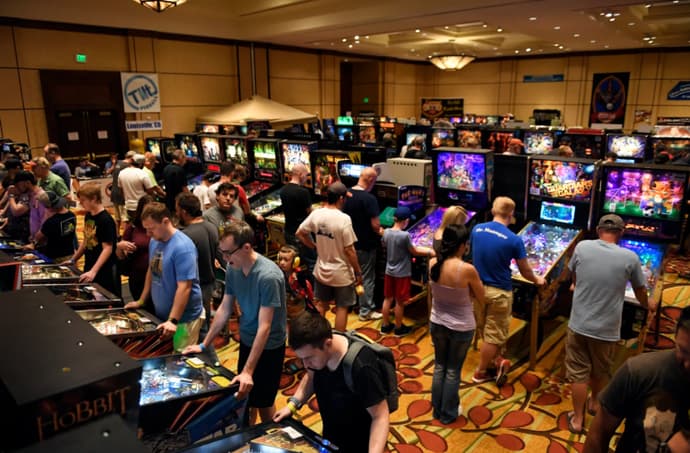
The legacy of pinball tournaments can be seen in the structure of modern LAN tournaments. Both share a foundation of fostering competitive environments while prioritizing inclusivity and innovation. Just as pinball championships introduced specialized divisions and creative formats, LAN tournaments adopted similar approaches to accommodate varying skill levels and game genres. The early efforts of pinball organizers to unite players under a shared passion have echoed into the digital age, proving that the spirit of competition transcends technology, evolving to meet the interests of new generations.
The Impact of Vintage Pinball Machines on Culture and Leisure
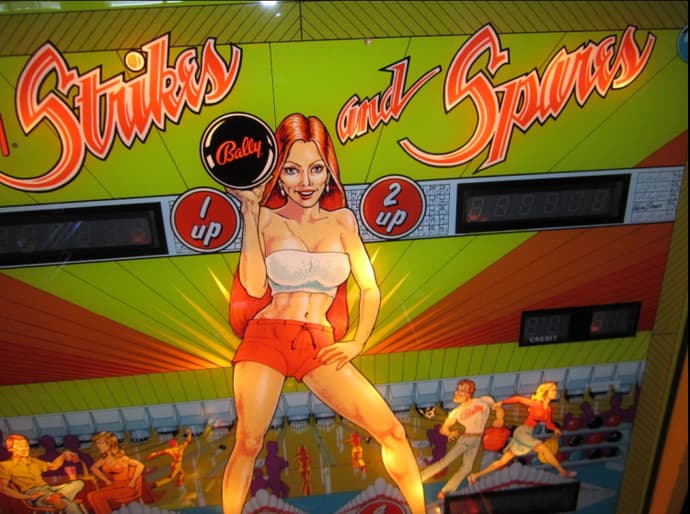
Credit: pinside.com
Looking at all these illustrations, I can't help but think of the aesthetics of gambling and, at times, comic books. As for the mechanics, it’s fairly obvious but still surprising to me that pinball originated from billiards, which has since evolved into its own distinct form.
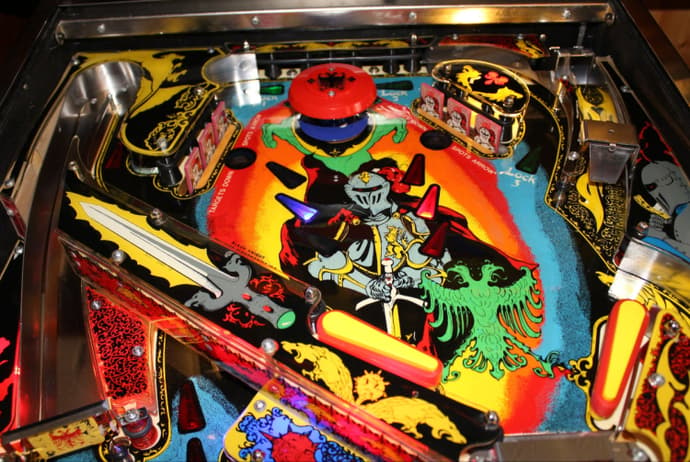
Credit: pinside.com
Billiards transformed into a portable version, known as bagatelle, which eventually gave rise to pinball. As pinball grew through pop culture, it adorned itself with a sea of vibrant imagery – a kaleidoscope of colorful designs.
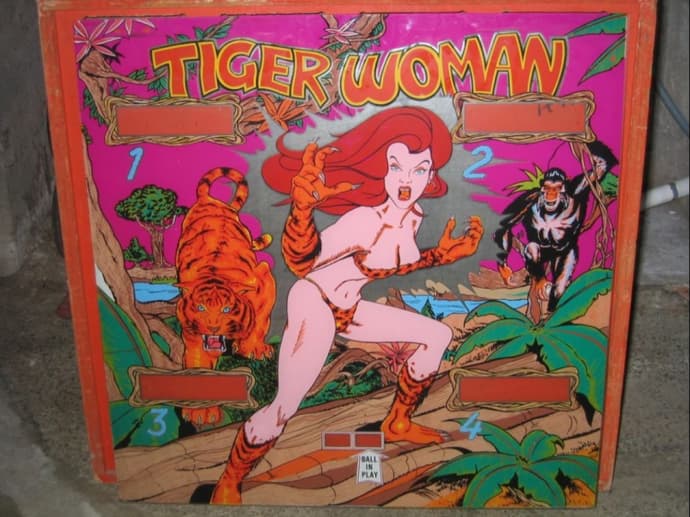
Competition among developers is a key driving force behind the evolution of pop art featured on pinball machines.

“Humpty Dumpty by William’s (1950)” Credit: pinside.com
Pinball established its own unique identity as a game of chance, where famous characters and alluring figures tempt you to play again and double your winnings. However, the reward wasn’t money but dominance in competition. Setting the highest score on a particular pinball machine meant you ruled over everyone with lower scores – a true old-school flex.
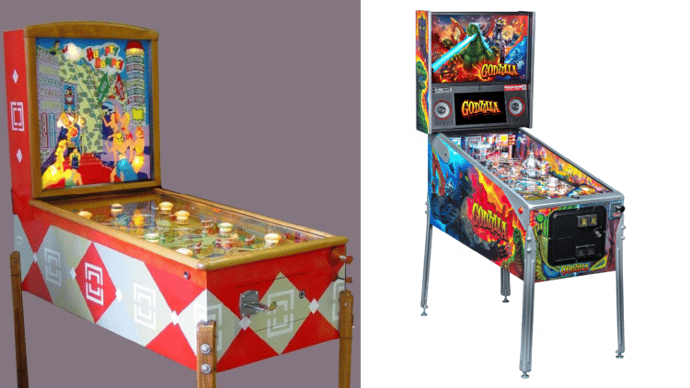
“1950 vs 2021” Credit: pinside.com
These machines are still produced in the thousands today, with modern models from the 2020s attracting players of all ages – though not kids growing up on Fortnite.

1930s
Pinball is extraordinary because its earliest models are now antiques, fetching tens of thousands of dollars among collectors, while new models continue to roll off the production line. Pinball is the successor to bagatelle and the predecessor of two massive industries: slot machines and video games. Its reliance on randomness, paired with user input, evolved into slot machines, while its portability and vibrant designs laid the groundwork for arcade video games.
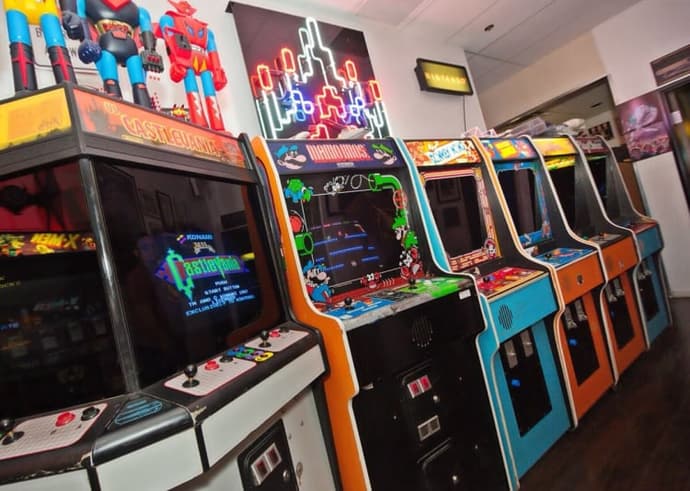
Now, imagine a cue striking a ball on a green surface. As it rolls toward the pocket, the ball gradually shrinks and becomes coated in aluminum. When it hits the target, bells chime, and a deep voice says, "Bravo, master." Upon sinking into the pocket, it enters a virtual dimension, transforms into Pac-Man, and starts fleeing from Blinky.
Pinball in video-games
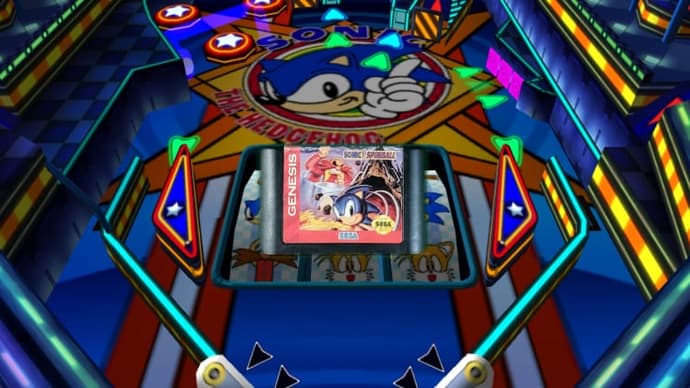
Pinball games have transitioned seamlessly from the buzzing arcades to consoles and PCs, offering players the thrill of flipping and scoring from the comfort of their homes. From realistic simulations to imaginative hybrids blending pinball with other genres, these games showcase the enduring charm and adaptability of pinball in the digital age. Dive into a world where classic mechanics meet modern creativity!
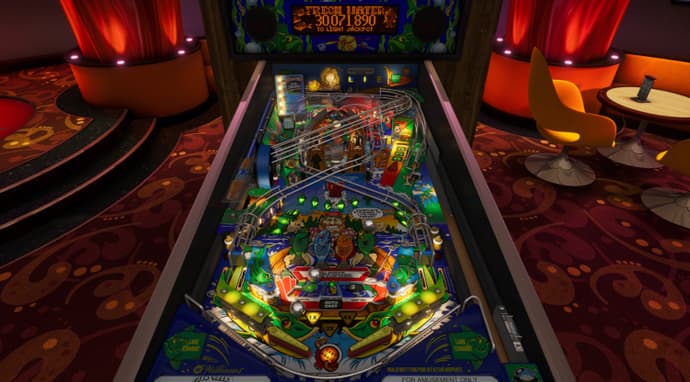
Pinball FX (2007, PC/Console) - A highly popular pinball simulation game featuring realistic physics and a wide variety of themed tables, including franchises like Star Wars and Marvel.
Pro Pinball: Timeshock! (1997, PC) - A classic pinball game known for its intricate table design, detailed physics, and challenging gameplay.
Pinball Arcade (2012, PC/Console) - A digital collection of faithfully recreated real-world pinball machines, offering an authentic pinball experience.
Sonic Spinball (1993, Sega Genesis) - A unique pinball-platformer hybrid where Sonic the Hedgehog acts as the ball, navigating through pinball-inspired levels.
Yoku's Island Express (2018, PC/Console) - A charming pinball adventure game blending platforming and pinball mechanics as you guide a dung beetle on a quest to save an island.
Pinball Dreams (1992, Amiga) - One of the first digital pinball games to deliver smooth gameplay and vibrant table designs, setting the stage for modern pinball titles.

In addition to PC and console, pinball games have found a new audience on mobile platforms for Java and iOS, where they offer accessible, on-the-go gameplay that captures the essence of the pinball experience.
Pinball in Literature: Haruki Murakami’s Pinball, 1973

Pinball, 1973, the second novel in Haruki Murakami’s *Trilogy of the Rat*, explores themes of detachment, loss, and the surreal blending of the mundane with the uncanny. Set three years after Hear the Wind Sing, the novel follows its unnamed narrator, now working as a translator in Tokyo, as he develops an intense obsession with a retro pinball machine model. Living in an apartment with identical, unnamed twins who mysteriously appear one day, the narrator embarks on a quest to find the lost machine, intertwining his nostalgia for the past with a need to confront his fragmented sense of self. Meanwhile, the Rat, another central figure in the trilogy, struggles with existential dissatisfaction in his oceanside hometown, grappling with his own aimless existence.
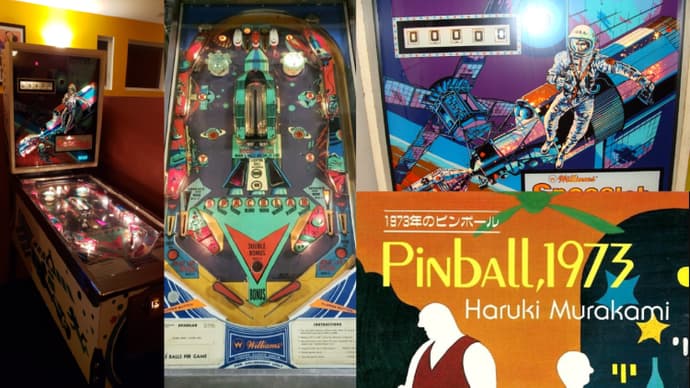
The Spacelab pinball machine, manufactured by Williams Electronic Games in July 1974, stands as a classic example of vintage pinball craftsmanship. Designed by the legendary Steve Kordek, who also contributed to its mechanics and animation, the machine features striking artwork by Christian Marche, reflecting the retro-futuristic aesthetics of the era. This vintage pinball machine gained renewed attention after being prominently described in Haruki Murakami's novel Pinball, 1973, where it symbolizes nostalgia and emotional connection. The book’s introspective narrative has sparked a new wave of interest in classic pinball machines, introducing the art and culture of these retro gaming icons to a wider audience through literature. Murakami’s portrayal has helped position vintage machines like Spacelab as cultural artifacts, inspiring a deeper appreciation for their design and historical significance.
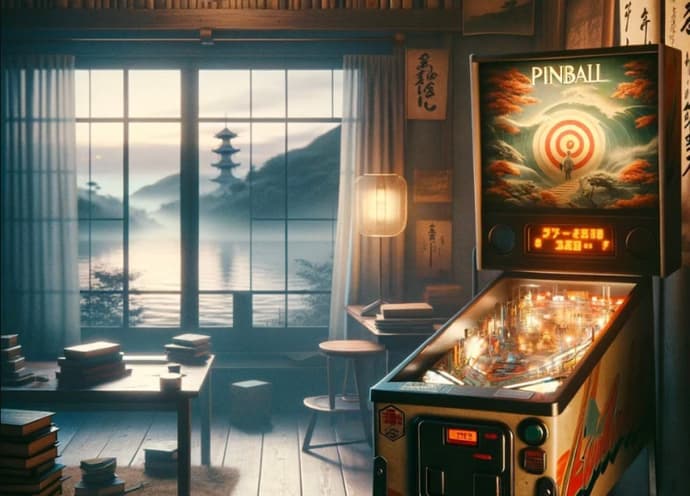
Murakami’s narrative is imbued with his signature melancholia and surrealism. The protagonist’s obsession with the pinball machine becomes a metaphor for his longing to reclaim pieces of a past marked by loss, particularly of a woman named Naoko, whose story subtly lingers throughout the novel. The retro pinball machine, with its anthropomorphic presence, symbolizes both connection and alienation, bridging the lives of the narrator and the Rat while emphasizing their emotional isolation. Through its introspective tone and surreal elements, Pinball, 1973 captures the universal struggle to find meaning amidst the monotony of daily life and the ghosts of memories that refuse to fade.
Notable Vintage Pinball Machine Brands and Models

Credit: pinside.com
Therefore, let's sum up. The classical meaning of a pinball machine refers to a game where a ball is propelled onto a specially designed surface, bouncing off obstacles to score points. Historically, early pinball boards were simple, featuring nails called "pins" and hollows or pockets where the ball could come to rest to earn points.

Over time, this evolved into the modern pinball machines we recognize today. These machines are typically arcade cabinets equipped with elaborate playfields filled with lights, bumpers, ramps, and interactive targets, each contributing to the gameplay and score. From humble beginnings as mechanical games to their current form as electronic marvels, pinball has maintained its appeal, blending skill, chance, and captivating designs.
Looking through all these models online, I noticed that the designs from the second half of the century were particularly striking. Women in the artwork became more vibrant and dynamic, heroes more rugged, and by the '90s, everything was bathed in neon lights.
So, a quick dive into the mainstream, and then on to antiques and rarest.

Credit: pinside.com
Star Trek: The Next Generation is a pinball machine released in November 1993 by Williams Electronic Games, Inc. The game was designed by Steve Ritchie, with mechanics by Carl Biagi and software developed by Dwight Sullivan and Matt Coriale. The artwork was created by Greg Freres, animations by Eugene Geer and Scott Slomiany, and sound and music composed by Dan Forden.
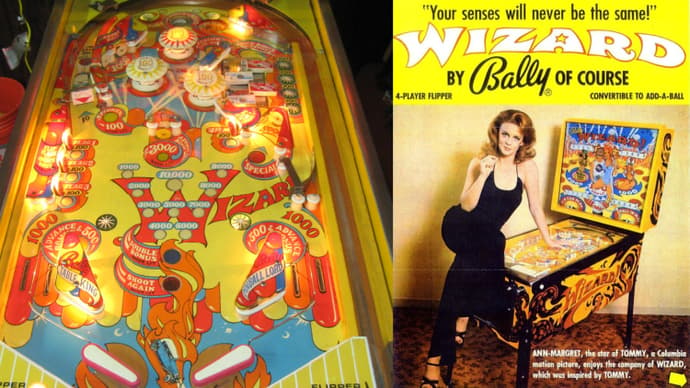
Credit: pinside.com
Wizard!, released in May 1975, was Bally's highest-production flipper game at the time, with over 10,000 units produced. Marking the transition from Bally's electromechanical era to its later solid-state success, it is widely celebrated as one of the first licensed pinball games, featuring the likenesses of Ann Margret and Roger Daltrey from the 1976 film Tommy, a screen adaptation of The Who's rock opera. The game was designed by Greg Kmiec, with artwork by Dave Christensen.
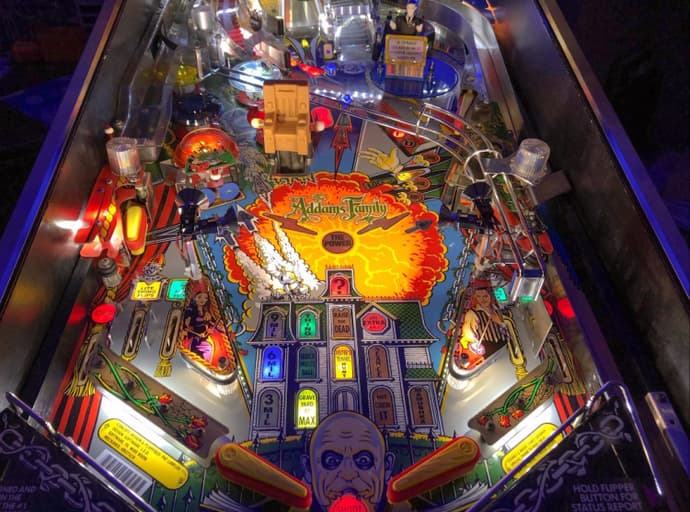
Credit: pinside.com
The Addams Family is a pinball machine released in March 1992 by Bally, designed by Pat Lawlor. Based on the 1991 film, it became the most successful pinball machine, selling 20,270 units, surpassing Eight Ball. It features custom speech by Anjelica Huston and Raúl Juliá. The game is highly regarded in pinball history. The design team included Pat Lawlor, Larry DeMar, John Krutsch, Mike Boon, John Youssi, Scott Slomiany, and Chris Granner.
Play-Boy (1932)

Play-Boy is a pinball machine released by Gottlieb in 1932, featuring a card gambling theme. It marked a shift in pinball design after the success of Baffle Ball, utilizing a cheaper production process by omitting cast metal parts. The game allowed players to accumulate points or play card games like blackjack or poker using a glass ball, establishing Gottlieb’s tradition of card-themed games. Measuring 24 inches by 16 inches (60 by 40 cm), it could be purchased with an optional wood or metal stand, and a round of 10 balls cost 1 cent (equivalent to 20 cents in 2023). For now this device it’s a star point in antique pinball machine row. Play-Boy was a commercial success and is now digitally preserved in Pinball Hall of Fame: The Gottlieb Collection.
Orbitor 1 (1982)

Credit: pinside.com
Orbitor 1 is a pinball machine released in February 1982 by Stern Electronics. With a theme of outer space, it features a wide-body design and includes two flippers, two spinning bumpers, slingshots, stand–up targets, and drop targets. The playfield has a moon-like substrate, sloping towards the spinning bumpers that fling the ball away. Notable for its 2-ball multiball and speech, it also includes a kick-out hole that traps balls until released for multiball. A total of 889 units were produced.
Challenger (1971)
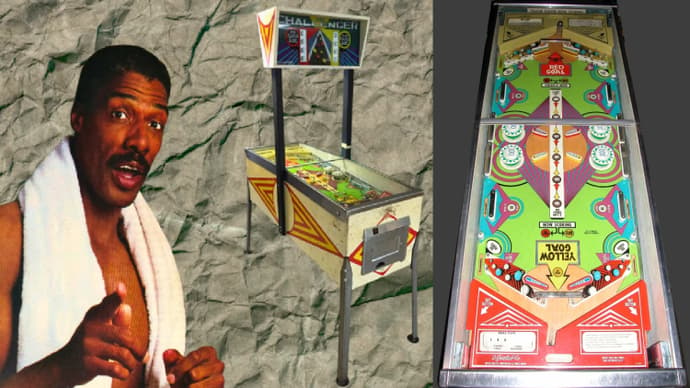
Credit: pinside.com x kineticist.com
Challenger is a pinball machine from March 1971 by D. Gottlieb & Co. It's one of the first head-to-head pinball games, with two sets of flipper buttons on opposite sides of the table and a scoreboard above, like an air hockey game. Two players compete against each other at the same time. While head-to-head games aren't too rare (like Joust and Soccer-Ball), Challenger stands out for being an electromechanical (EM) game. Its playfield is unique because it tilts back and forth, favoring the player who’s currently scoring, making it different from other games with a slanted playfield.
Conclusion

I’ll admit, I first encountered pinball through mobile games written in Java for button-based phones. Even then, I recognized it as a simulation of a real machine. But today, I’ve discovered an entire world of joy in these analog devices designed for competitive play. Now, I have an unfulfilled urge to play billiards, which I definitely won’t satisfy in GTA IV.
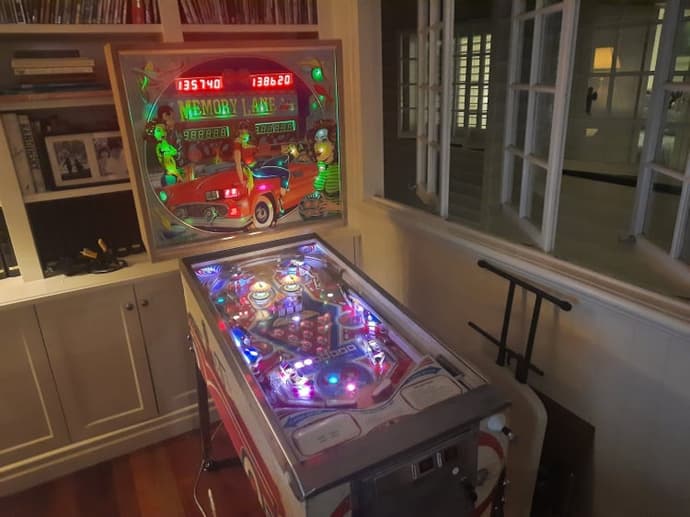
Pinball is a unique branch of the entertainment industry. Its community exchanges comments on websites mentioned earlier and, of course, on Reddit. There are enthusiast websites where people share the nuances of restoration and important details, as well as buy, sell, and trade these vintage machines. Antique pinball machines fetch extremely high prices on the market and boast incredible aesthetics.
If vinyl record players are the top vintage and antique items in modern hipster interiors, pinball machines have a strong chance of claiming second place in the future.

Vitalii Diakiv skriver spillblogger og -guider, med fokus på de siste kunngjøringene og spillene som matcher populærkulturelle fenomener. For det andre dekker han e-sportsbegivenheter som Counter-Strike 2, Marvel Rivals, League of Legends og andre.
Vitalii leverer dyptgående spillnyheter og esportsdekning, med fokus på Fortnite, CS2, Marvel Rivals og LoL. Han kuraterer spillutvalgslister og avdekker nye detaljer sammen med leserne sine. Når han skriver nyheter, søker han emner som vekker nysgjerrigheten hans; i bloggredigering gir han et personlig preg med sitt eget perspektiv.
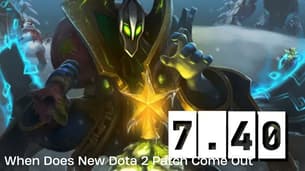 Når kommer den nye Dota 2-oppdateringen utOppdag alt om den nye Dota 2-oppdateringen - utgivelsesdato, nye helter og spilloppdateringer.
Når kommer den nye Dota 2-oppdateringen utOppdag alt om den nye Dota 2-oppdateringen - utgivelsesdato, nye helter og spilloppdateringer. ARC Raiders: Cold Snap-oppdateringsdetaljer, utgivelsesdatoCold Snap er den siste store ARC Raiders-oppdateringen i 2025, og bringer med seg snøfallsmekanikk, en tidsbegrenset hendelse, nye oppdrag, et Raider Deck og ekspedisjonsoppdateringer med fokus på overlevelse og progresjon.
ARC Raiders: Cold Snap-oppdateringsdetaljer, utgivelsesdatoCold Snap er den siste store ARC Raiders-oppdateringen i 2025, og bringer med seg snøfallsmekanikk, en tidsbegrenset hendelse, nye oppdrag, et Raider Deck og ekspedisjonsoppdateringer med fokus på overlevelse og progresjon. Path of Exile 2: Disipple of Varashta Ascendancy OversiktPath of Exile 2 introduserer Disciple of Varashta, en ny Sorceress Ascendancy med fokus på djinn-besvergelser, fleksibilitet i byggingen og dyp karaktertilpasning.
Path of Exile 2: Disipple of Varashta Ascendancy OversiktPath of Exile 2 introduserer Disciple of Varashta, en ny Sorceress Ascendancy med fokus på djinn-besvergelser, fleksibilitet i byggingen og dyp karaktertilpasning. Bør du gjøre en ekspedisjon i ARC Raiders?ARC Raiders Expeditions lar deg nullstille karakteren din for langsiktige belønninger. Finn ut hva du kan beholde og miste, og hvordan du kan forberede deg på utslettingen 17.-22. desember 2025.
Bør du gjøre en ekspedisjon i ARC Raiders?ARC Raiders Expeditions lar deg nullstille karakteren din for langsiktige belønninger. Finn ut hva du kan beholde og miste, og hvordan du kan forberede deg på utslettingen 17.-22. desember 2025.


